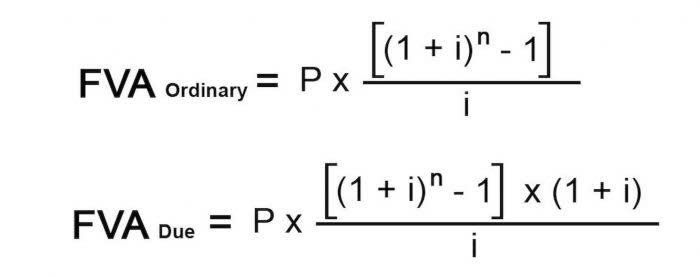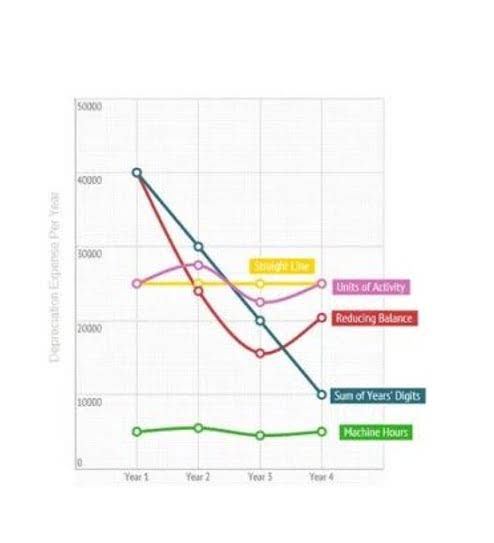
While notes receivable can be a useful tool for managing finances and expanding business operations, they come with inherent risks that must be carefully managed. A balanced approach, with thorough credit assessments and proactive risk management strategies, is essential for leveraging the benefits while mitigating the potential downsides. In summary, notes receivable play a pivotal role in the financial health and reporting of a company.
Discounting notes receivables:

This can be an incentive to purchase larger quantities, as a benefit of being a preferred customer or because costs to produce the items for sale have changed. The difference in recording is based on which side of the transaction a company is on. Maturity value is the amount that the company (maker) must pay on a note on its maturity date; typically, it includes principal and accrued interest, if any. When notes are sold with conditions, the company creates contingent liability, and it is disclosed in the notes to financial statements.
How to Classify Notes Receivable
- Interest Income or Interest Revenue is an Revenue account so it has a normal credit balance.
- In addition, businesses may also want to consider classifying certain types of notes separately based on their characteristics such as secured versus unsecured loans or interest-bearing versus non-interest bearing loans.
- Understanding this framework is essential for anyone involved in the creation, management, or enforcement of a note receivable.
- From an accounting perspective, notes receivable are recorded at face value in the asset section of the balance sheet.
The customer issues a promissory note to formalize the agreement, and the business enters it in its ledger as notes receivable. A customer purchases goods worth $10,000 on credit and agrees to sign a 90-day promissory note with a 5% annual interest rate. To illustrate, consider a manufacturing company that issues a promissory note to a supplier for raw materials.
Notes Receivable as Current Assets

This note is automatically tracked, and its creditworthiness is continually assessed by AI algorithms. Should the note’s risk profile change, the system can alert the financial managers, who can then take preemptive action. This level of integration and automation exemplifies the potential efficiencies and risk mitigation that future trends hold for notes receivable management. Navigating the legal landscape of notes receivable is akin to understanding the rules of a complex virtual accountant game where every move is governed by laws and regulations. Additionally, notes that have been sold will no longer be considered current assets since ownership and control have been transferred to another party. The proceeds from the sale of these notes would then need to be reported in cash or other short-term investments.

Notes Receivable vs Notes Payable

If the note is due within one year of the balance sheet date, it is classified as current. If the note is due after one year of the balance sheet date, it is classified as noncurrent or long-term. They can be short-term or long-term assets, depending on when they are due, and impact cash flow.
- The terms of the note specify that the loan must be repaid in full within one year.
- The amount of payment to be made, as listed in the terms of the note, is the principal.
- Accounts receivable represent amounts owed for goods or services provided on credit without necessarily formalized terms.
- A written promissory note gives the holder, or bearer, the right to receive the amount outlined in the legal agreement.
- Still, if the amount is not expected to receive within a year or an operating cycle then it is treated as non-current assets in the balance sheet.
- The remaining principal of the note receivable is reported in the noncurrent asset section entitled Investments.
If the retailer’s business bookkeeping thrives, the manufacturer benefits from the interest revenue on top of the principal. Yes, notes receivable are typically classified as current assets if they are expected to be collected within one year. This is because current assets are assets that are expected to be converted into cash or used up within a relatively short period, usually within 12 months. Now that you understand what notes receivable are and how to do a journal entry, let’s cover how they differ from notes payable. Notes payable are financial documents that represent different perspectives in a credit transaction.
- This article offers valuable insights to help you enhance your financial management strategies.
- Now the note has been completely discharged, MPC has recorded an interest income of USD987.
- In some instances, an Accounts Receivable amount may be changed to a Note Receivable by agreement between the company and the customer.
- For example, the maker owes $200,000 to the payee at a 10% interest rate, and pays no interest during the first year.
- If credit policies are too flexible, more sales to higher risk customers may occur, resulting in more uncollectible accounts.
- It might be a far less commonly explored line on the balance sheet, but it’s an important asset to understand nonetheless.
- For scenario 3, there is an immediate reduction of principal due to the first payment of $1,000 upon issuance of the note.
Any portion of the notes receivable that is not due within one year of the balance sheet date is reported as a long term asset. They represent amounts owed to the company by customers or counterparties who have signed promissory notes, promising to pay a specified amount of money at a future date, typically with predetermined interest. Furthermore, notes Receivables are promises from debtors to pay a specific amount of money with interest to creditors at a future date.
Perhaps the best way to understand what notes receivable are all about is to look at some common examples. For example, a customer of yours might request to purchase $100,000 worth of goods right now but is unable to pay for them upfront or with your payment terms (net 30 days, say). Chartered accountant Michael Brown is the founder and CEO of Double Entry Bookkeeping. He has worked as an accountant and consultant for more than 25 years and has built financial models for all types of industries. He has been the CFO or controller of both small and medium sized companies and has run small businesses of his own. He has been a manager and an auditor with Deloitte, a big 4 accountancy firm, and holds a degree from Loughborough University.

Financial
JT had to settle another large liability in April which resulted in it not being able to pay the remaining invoice amount (i.e. $100,000) by 30 May. On 1 June, JT CFO convinced SS finance team to accept a note receivable due within 60 days carrying interest rate of 5% per is note receivable a current asset annum for the remaining outstanding balance. By structuring notes receivable meaning with proper documentation, businesses in the Philippines can better track financial obligations and maintain a healthier cash flow. Typically, investors with securities linked to the lowest-risk bundles would have little expectation of portfolio losses. However, because investors often finance their investment purchase by borrowing, they are very sensitive to changes in underlying receivables assets’ quality. This sensitivity was the initial source of the problems experienced in the sub-prime mortgage market (derivatives) meltdown in 2008.
